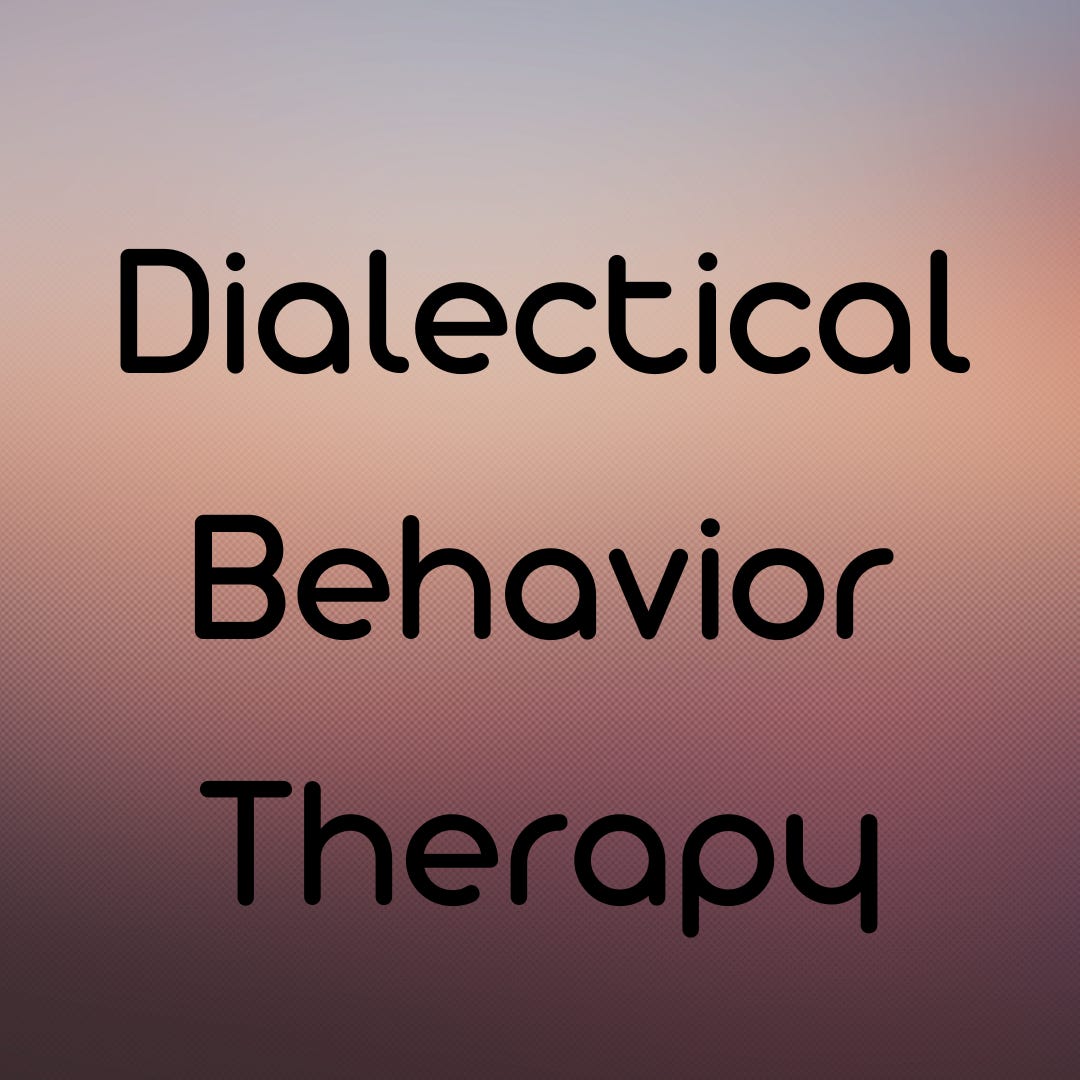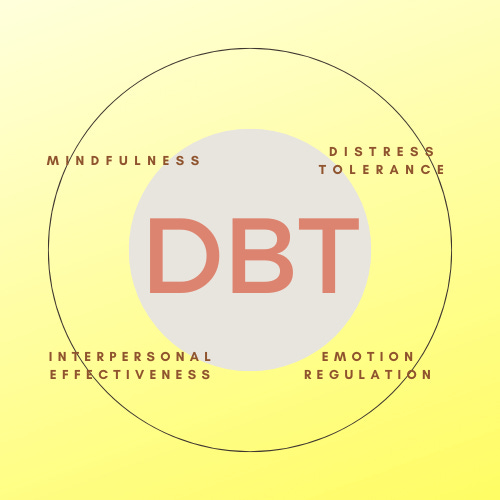One thing at a time
Madyson was sick of binge eating. The cycle of shame had taken up so much of her time. When Madyson discovered DBT, she was thrilled to notice the chain of events that always led up to her binges. Often, it included being alone and lonely, and that prompted thoughts of “People don’t really like to be around me because I’m fat.” These thoughts amped up her irritation with herself and her life. Her feelings of hopelessness eventually built and built and built until the need to release those painful emotions with a binge overtook her.
You may not have a hard time with food (though many who dislike how they look do). But is there is something that you regularly do that you wish you didn’t? When you take the time to look at the pattern of thoughts, feelings and behaviors that surround that thing you wish you didn’t do, you will find thoughts and feelings that fire almost every time, if not every time you do that thing.
Your first step, if you want to let go of that annoying thing you keep doing, is to become aware of what is happening: before, during, and after you do it, every time you do it.
In order to become this aware, you have got to practice mindfulness skills.
Friendly reminder: the reason I (and everyone who talks about mindfulness) use the word “practice” is because it is not a one and done or a 3 and done or a 3 weeks and done. In order to improve your ability to focus on what you are doing in the here-and-now, you’ve got to keep practicing.
But don’t worry- this definitely doesn’t mean your only hope is by meditating for hours each day or by going on silent retreats every month. You can practice mindfulness doing your normal life. One way to do it, and don’t stop reading after this sentence, one way to practice this skill that will allow you to release problematic behaviors is to do one thing at a time.
You may argue that doing one thing at a time isn’t efficient. “I have too much to do to only do one thing at a time!” A study in the Journal of Experimental Psychology: Human Perception and Performance, however, indicates the opposite. The authors found that multitasking is actually less efficient because it takes extra time to shift mental gears every time a person switches between tasks.
The skill of doing only one thing at a time, or one-pointedness, can be practiced with anything you are doing. It has been touched on in BAP already.
The way it works is:
when you are walking… walk
when you are eating… eat
when you are listening… listen
and do nothing else.
To experiment with this skill, what is an activity that you enjoy? It could be watching TV, playing with your cat, even getting a massage. The next time you do that activity, do it one-pointedly. Notice how you feel while you are doing it, and afterwards. Imagine getting a massage without your mind wandering- instead, focusing completely on the touch happening and the sensations in your body.
If you are really ready to improve upon your ability to choose how your mind works, instead of being a victim of your thoughts and feelings, try one-pointedness for a few minutes each day. When you are picking up dirty clothes, do JUST that activity and nothing else. Place all of your awareness on that task. If you are willing, it can help you to understand yourself and this process better if you think, talk, or write about the following questions when you try one-pointedness:
Activity: ___________
How I felt during and after the activity: ___________
This skill builds your ability to control your attention. You will learn to direct your attention where you want it any time. When you are under stress you will be able to maintain your focus and act more effectively than before you began practicing one-pointedness. You are learning to calm your mind. A calm mind is able to make better choices than one that is scattered, distracted, or overwhelmed. Remind yourself why this skill is important so that practicing it for just a few minutes at a time is more likely.







